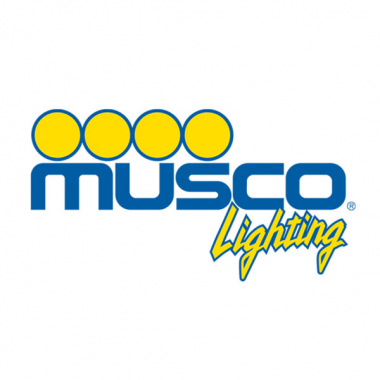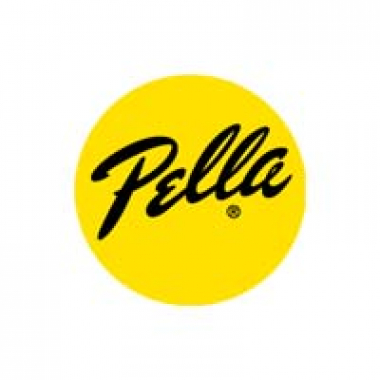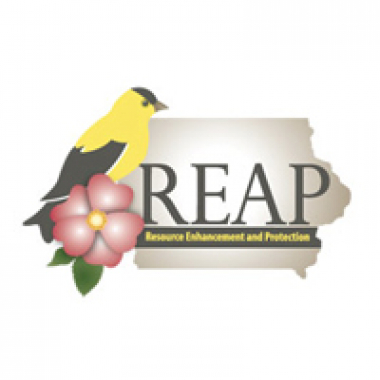Green Roofs for Schools
This photo is just one example of the many green rooftops in Iowa on top of public buildings. Green roofs are planted with a vegetative layer, growing medium, and a waterproofing membrane. They are utilized to reduce heat island effect, air temperatures and stormwater runoff as well as to provide a more aesthetic environment and habitat for small local wildlife.
Cedar Falls
Iowa Core Standard
HS-ESS3-4
Evaluate or refine a technological solution that reduces society’s influence on natural systems.
Driving Question
- How can green roofs reduce human impacts on natural systems?
Probing Questions
- What effect do green roofs have on stormwater runoff, heat island effect and air pollution?
- What are the tradeoffs and constraints using green roofs versus more traditional roofing methods?
Classroom Suggestions
Students could:
- Evaluate repairing a school roof with traditional materials versus a rooftop garden using a cost/tradeoff graphic organizer.
- Develop 3D models of a building with a traditional roof and a green roof and investigate how each handles increased temperatures and stormwater runoff.
- Make claims, and provide evidence and reasoning about what types of plants should be used on a particular building in their community.
- Create a PSA about the use of green roofs in their community.
Resources
- Iowa State University | Green Roof - A Thing of the Future... and the Present: Iowa State Agriculture and Life Science Colleges article about green roofs on campus.
- Teach Engineering | Rooftop Gardens: Lesson plan for students to model a rooftop garden and test for ambient and inside building temperatures.
- National Parks Service | Green Roofs on Historic Buildings Basic information, benefits, and case studies about green roofs on historic buildings.
Contributors
Submitted by Michelle Seddon.
Funding for Iowa Science Phenomena Provided By









